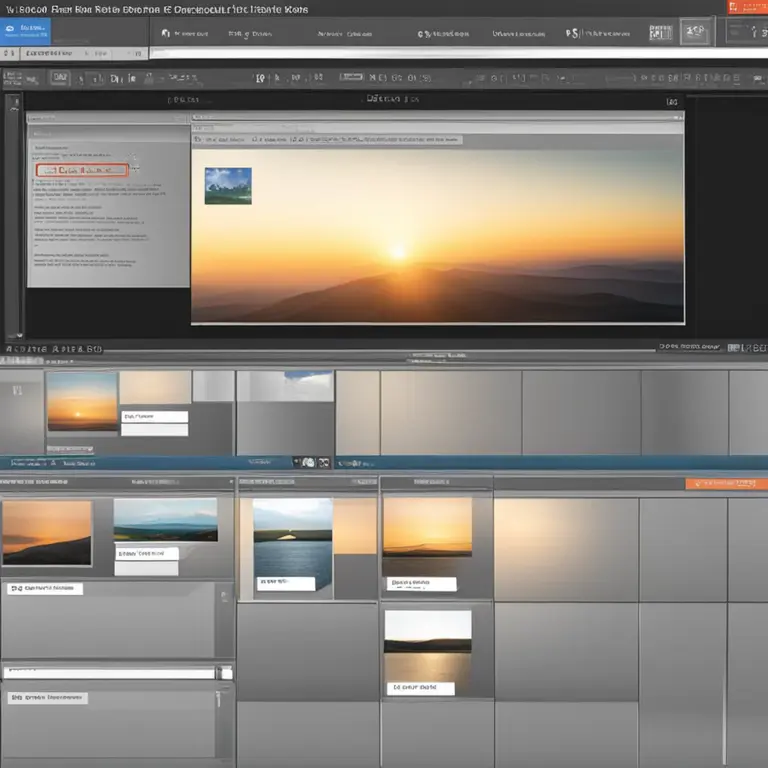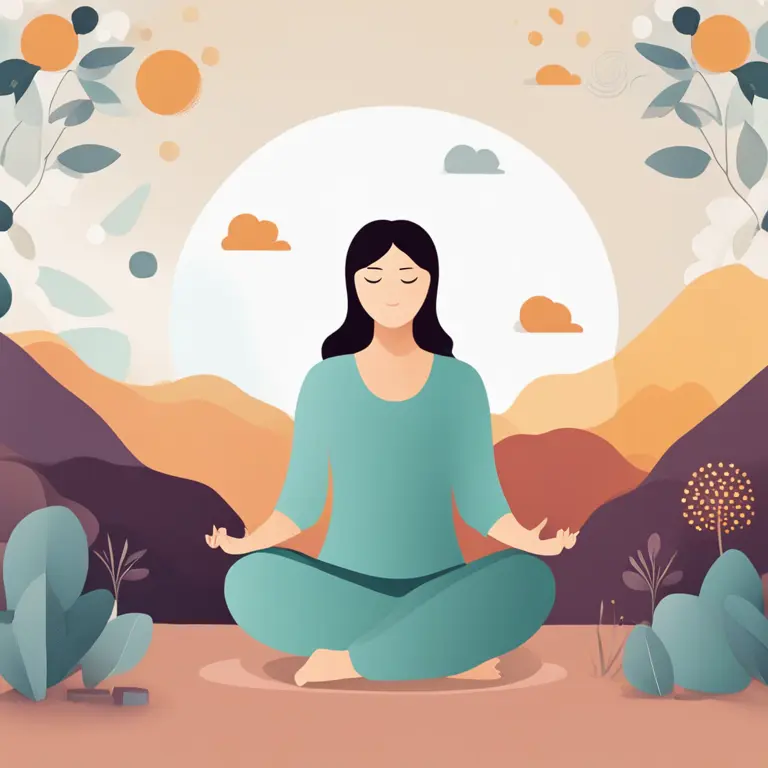
Harmonizing Mind Through Meditation: A Mental Health Guide
A concise article highlighting effective meditation techniques designed to promote mental well-being and emotional balance.
article by Hina Kurosawa
Introduction to Meditation for Mental Health
Meditation has long been utilized as a powerful tool to calm the mind and enhance mental wellness. Rooted in ancient practices, it has become increasingly prominent in the digital age, where mental health awareness is at an all-time high. Current research substantiates the efficacy of various meditation techniques in managing stress, anxiety, and fostering a holistic sense of well-being. As we continue to navigate a world laden with stimuli, embracing meditation offers a respite for our minds and spirits, providing the mental clarity and peace necessary to maintain optimum health.

Starting with Mindfulness Meditation
Mindfulness meditation is the practice of being intensely aware of what you’re sensing and feeling in the moment, without interpretation or judgment. In mindfulness meditation, we focus on breathing patterns, thought contemplation, and acknowledgment of feelings and thoughts without resistance. Research in 2024 has demonstrated that mindfulness can significantly reduce symptoms of anxiety and depression, making it an essential practice for mental maintenance. By dedicating a few minutes each day to this practice, you can cultivate a sense of present-moment awareness that underpins a balanced mental state.

Deep Breathing Techniques
Deep breathing, or diaphragmatic breathing, acts as an anchor, drawing our attention away from the distractions and anxieties of the outer world. Engaging in deep breathing exercises can lower the stress hormone cortisol and promote a relaxation response in the body. Not only does this technique prime your body for meditation, but it also increases oxygen exchange and activates the parasympathetic nervous system, which is responsible for the body's restful states. Integrating this simple act into your daily meditation can have profound effects on your overall mental health and resilience.

Progressive Muscle Relaxation for Calmness
Progressive Muscle Relaxation (PMR) is a practice that involves tensing and then relaxing each muscle group in your body, usually starting from your toes and working upwards. This technique helps in identifying physical tensions that often accompany mental stress. By consciously relaxing the muscles, you can achieve a state of physical ease that encourages mental tranquility. In 2024, PMR continues to be a recommended strategy for anxiety relief, especially for individuals who experience stress in a corporeal way.

Guided Visualization: Picturing Serenity
Guided visualization navigates you through a mental journey to a peaceful and calm setting—a beach, a forest, a quiet garden, or any place that signifies tranquility for you. This practice relies on the "mind's eye" to conjure vivid, tranquil images that engage the senses and promote relaxation. The descriptive and soothing narratives not only aid in reducing stress and anxiety but also enhance creativity and emotional well-being. This practice has only gained popularity in recent years, with virtual reality options beginning to emerge that add an immersive twist to the experience.
The Power of Mantra Recitation
Mantra recitation, or chanting, is a meditation technique where a single word or a series of words are repeated to sharpen focus and connect with a higher state of consciousness. The repetition of mantras in meditation assists in maintaining focus and can have a vibrational effect on the body, which is thought to affect consciousness on a cellular level. In 2024, this ancient practice is as relevant as ever, with people young and old finding solace and mental clarity through the resonant power of their own voices.
Embracing Moving Meditation
Not all meditation requires stillness. Moving meditation, such as Qigong, Tai Chi, and walking meditation, integrates meditative practices with physical movement. These techniques are especially beneficial for those who find stillness challenging or who hold mental tension within their bodies. The flowing movements help to ground you in your body, while the meditative aspects still the mind. As physical health is inextricably linked to mental wellness, these moving meditations continue to hold an essential place in holistic mental self-care.
Published: 1/18/2024
Modified: 1/18/2024
More predictions
Come back here soon to learn more about yourself and your future


The Science View: Meditation & Brain Health
Delve into the science of how regular meditation practices can influence and improve brain function and overall mental health.


Meditation's Effect on Blood Pressure
Discover how meditation can contribute to lower blood pressure, offering a serene path to cardiovascular health in this in-depth article.